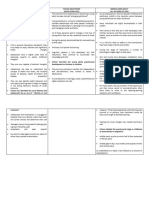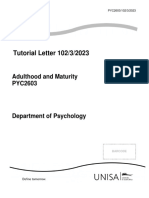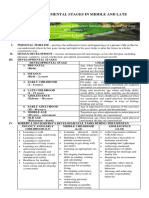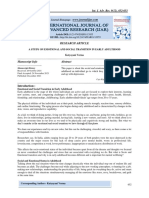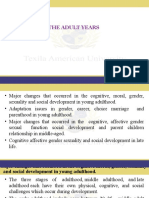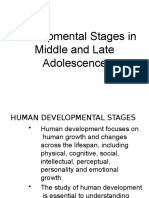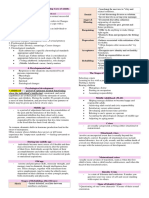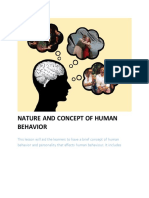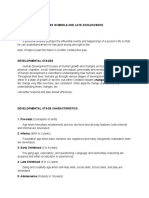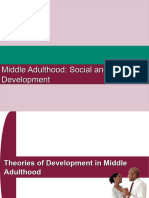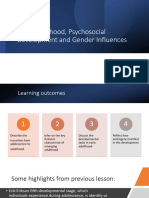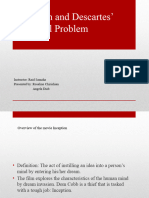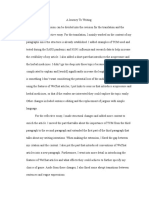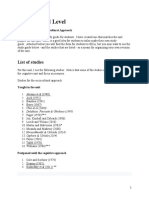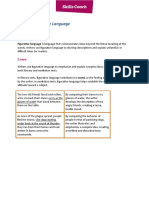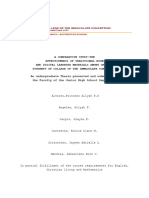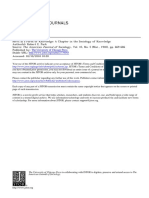0% found this document useful (0 votes)
104 views7 pagesCommunication Education For Adults
This document provides information about communication education for adult patients. It discusses adult characteristics and development, including early adulthood, middle adulthood, and therapeutic principles in communicating with adults. It outlines strategies for nursing actions with adults, such as creating a pleasant atmosphere and respecting patients. Specific techniques for therapeutic communication with adult patients are also presented, including direct message delivery, continuous communication, and allowing influence and response between nurses and patients.
Uploaded by
Haechan MarkCopyright
© © All Rights Reserved
We take content rights seriously. If you suspect this is your content, claim it here.
Available Formats
Download as PDF, TXT or read online on Scribd
0% found this document useful (0 votes)
104 views7 pagesCommunication Education For Adults
This document provides information about communication education for adult patients. It discusses adult characteristics and development, including early adulthood, middle adulthood, and therapeutic principles in communicating with adults. It outlines strategies for nursing actions with adults, such as creating a pleasant atmosphere and respecting patients. Specific techniques for therapeutic communication with adult patients are also presented, including direct message delivery, continuous communication, and allowing influence and response between nurses and patients.
Uploaded by
Haechan MarkCopyright
© © All Rights Reserved
We take content rights seriously. If you suspect this is your content, claim it here.
Available Formats
Download as PDF, TXT or read online on Scribd
/ 7



